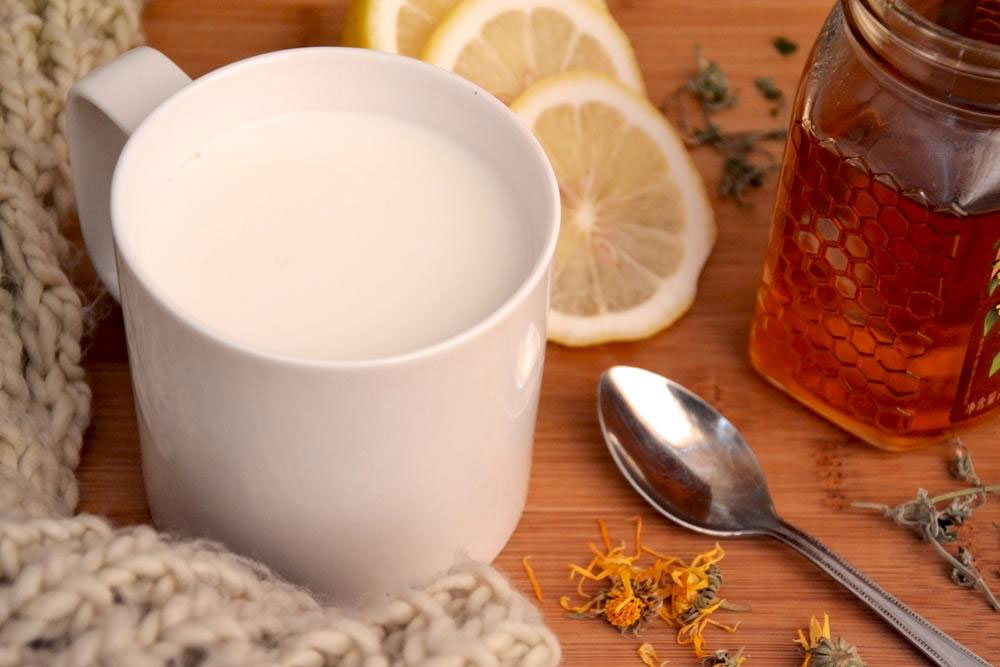Effective Home Remedies to Treat Itchy Skin Rashes

People become aware that they have a bad skin rash or itchy skin rashes or a skin allergy when their skin becomes extremely red and itchy in nature, with small bumps or other changes in the particular person’s skin color, appearance, texture or any other feature. In short, the skin does not behave like it normally does or looks. This kind of an aberration could be visible on any part of the body. This is more often than not caused by other problems of the skin like psoriasis, allergies, and a general low immunity of the skin, among other factors. Irritation from artificial products like shampoos, cosmetics, body washes or face powders can also lead to rashes because they are in direct contact with the skin. Wondering how to treat itchy skin rash? There are a few techniques to make sure that itchy skin rashes are kept in check. Some of them include the following, which you can try at home.
Olive oil
Olive oil is one of the essential oils which help in healing and promoting skin renewal because of the presence of vitamin E as well as antioxidants. It also facilitates the smoothening of the skin and reduces itching as a result. One should rub extra-virgin olive oil or a combination of olive oil and honey on their itchy skin rashes a few times daily until they finally start to heal.
It is also advisable to add a pinch of turmeric powder to this mixture of olive oil and then one should apply it two to three times a day for a few days. Turmeric in itself is extremely rich in antibacterial and anti-inflammatory properties, which make sure that the rashes do not extend to an area more than they are already, and relieve itching. Apart from olive oil, the other oils which are effective include castor oil and coconut oil, both of which also help to heal rashes naturally.
Baking soda
Baking soda is another useful ingredient in making the skin dry to ensure that rashes do not come back. It also helps in relieving itching and inflammation, which are two major problems of this disease. The best way to use it is to add one part of baking soda to three glass of water and apply that mixture to the affected area every day until it starts to slowly go back to normal. Another equally effective method would be to prepare a mixture of baking soda with some coconut oil for treating itchy skin rashes. It is not advisable to leave the baking soda on the skin for a prolonged period of time as it might cause further irritation and increase the problem at hand.
Oatmeal
When one wants to solve the problem of skin irritation combined with inflammation, oatmeal, not necessarily as a food item, but otherwise, serves as a very effective cure because of its soothing anti-inflammatory properties. It is particularly helpful in treating a red itchy rash caused by things like poison ivy, allergies, sunburn, and other such things. The ideal way to use it is to mix a cup of finely ground oatmeal in slightly warm water and then soak in it for at least twenty minutes. If someone wants to treat rashes on their face, then they should apply a homogeneous mixture of equal amounts of oatmeal and plain yogurt, which should be topped with a little bit of honey.
Aloe vera
Due to aloe vera’s antibacterial, antifungal, and anti-inflammatory properties, paired with its emollient qualities, it proves to be an excellent treatment for treating a number of skin ailments which also include rashes as it does help in soothing the skin. One can always buy aloe vera gel or extract sold in pharmaceutical stores and apply it regularly for the best results.
Cold compress
A cold compress can often prove to be extremely beneficial in reducing red itchy rashes, especially those that are caused by things like heat, insect bites, or the poison ivy tree or even shingles. It helps to ease the swelling, inflammation, and itching and it is often thought to be particularly useful if a rash begins to develop into blisters on different parts of the skin. It is wise to rub ice cubes contained inside a sealed plastic bag over the affected area for a few minutes, as it decreases the chances of infection. The patient can also use cold water if ice is not immediately available.